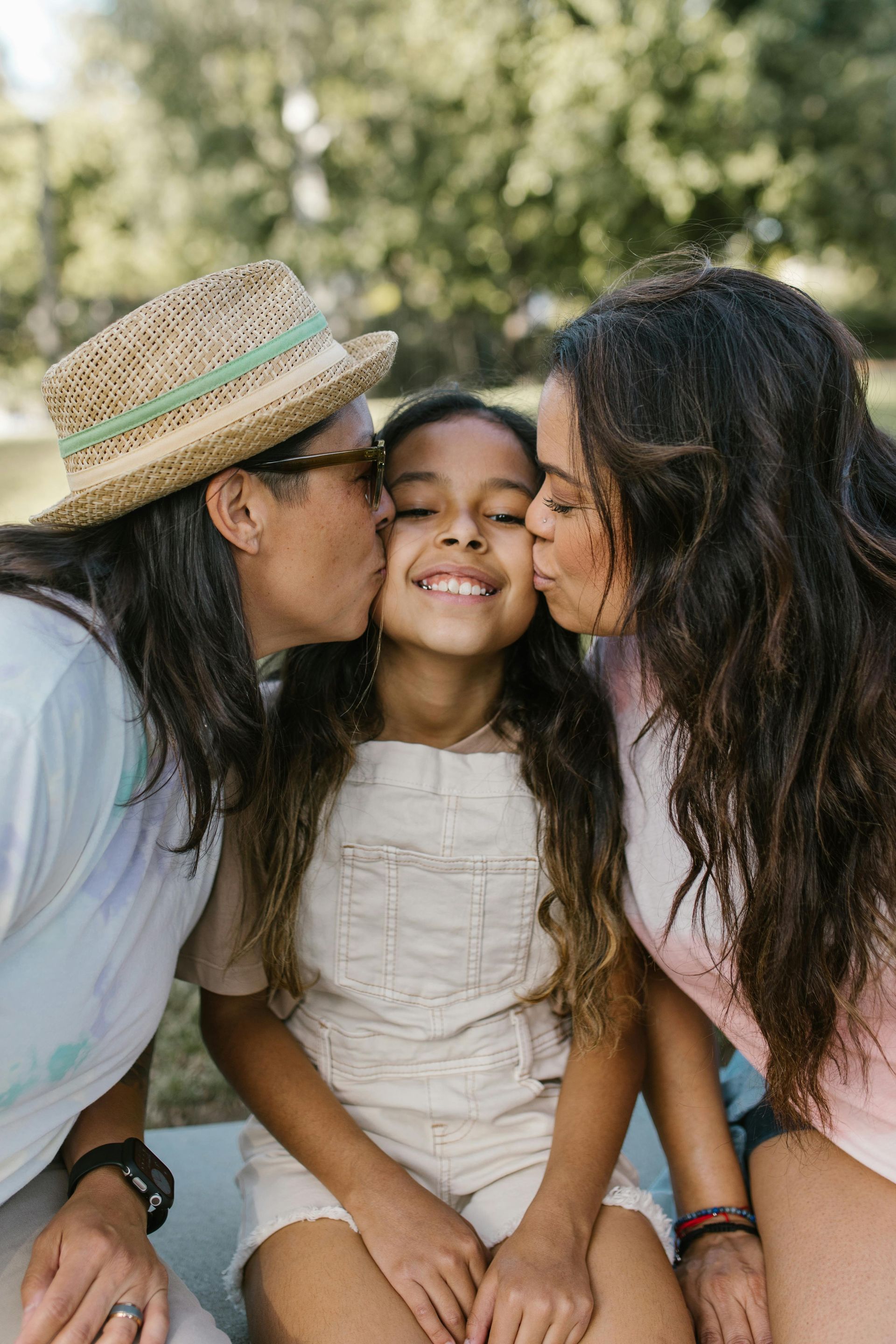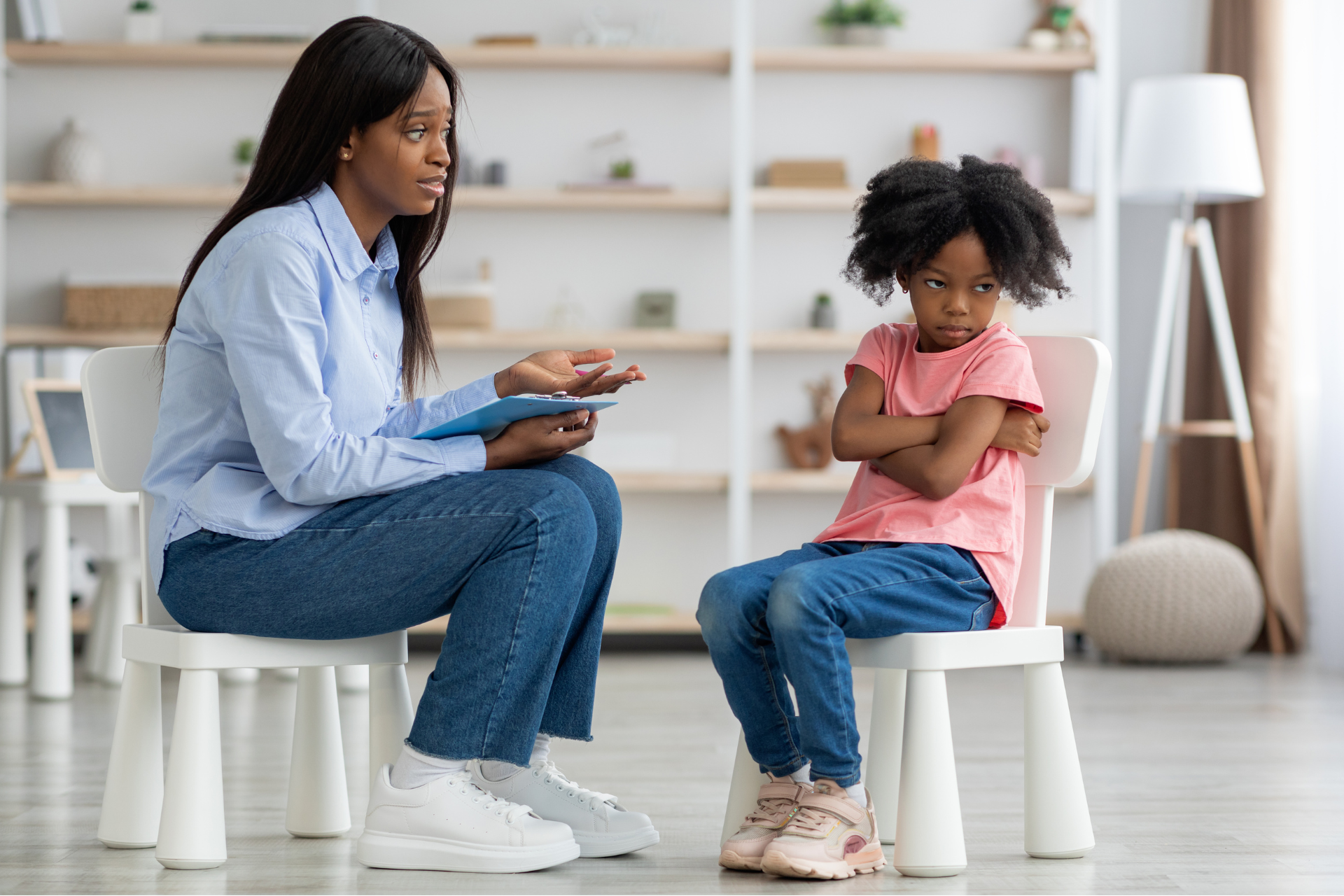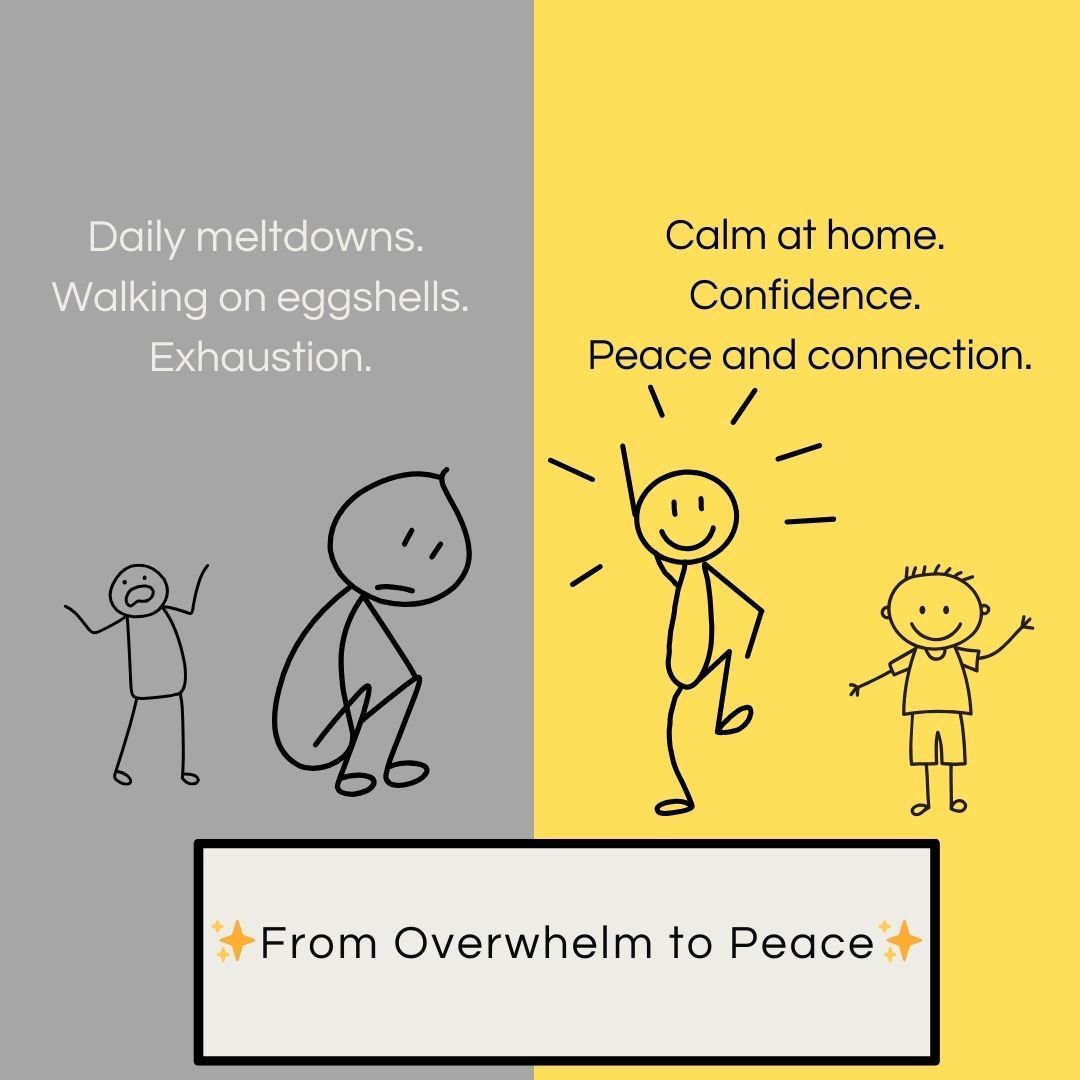Helping Kids Manage Big Emotions (Without Losing Your Cool)
Ceara Deno, MD • December 2, 2024
Schedule A Free Call
Helping Kids with Big Emotions (Without Losing Your Cool)

Parenting kids with big feelings can sometimes feel like you’re walking through a minefield of meltdowns.
But those explosive moments? They’re actually golden opportunities to teach your child emotional intelligence and even build a stronger connection.
How?
1. Give Their Feelings a Name:
When emotions are high, kids often can’t find the words to explain what’s happening inside. That’s where you step in as their “emotion translator.” Try saying:
“It seems like you’re feeling frustrated.”
“I wonder if you’re feeling sad about that.”
These phrases help them connect the dots between what they’re feeling and why.
And if you get it wrong? No worries—kids love correcting us!
2. Validate, Don’t Fix:
Once their feelings are named, show them that you understand.
Skip the “calm down” or “it’s not a big deal,” and instead say:
“That makes sense—you were so excited, and now it didn’t happen.”
“I’d feel frustrated too if someone took my turn.”
Acknowledging their feelings doesn’t mean you’re giving in; it’s helping them feel seen and heard.
3. Make It Silly:
Emotions don’t have to be so serious!
Lower the stakes by playing a game, telling a silly story, or making up ridiculous scenarios about their feelings.
(“If Mad were a color, would it be fire-breathing dragon red or exploding volcano orange?”)
Sometimes laughter is the perfect release valve.
4. Share Your Own Feelings:
Kids learn best by example.
Share moments when you felt mad, sad, or frustrated—and how you managed it.
(“Remember when I spilled my coffee? I was SO upset! I took a deep breath and cleaned it up anyway.”)
Big feelings might feel messy and overwhelming, but they’re a normal part of growing up—and parenting.
With a little empathy, validation, and humor, you can help your child not just process their emotions but learn to thrive with them.
And who knows? You might just learn a thing or two about handling your own big feelings along the way.

Have you ever noticed how something as simple as leaving the playground, turning off a tablet, or getting ready for school can spark big resistance—or even a meltdown? For many children, especially those who are highly sensitive or deeply feeling, transitions are some of the hardest moments of the day. It’s not because they’re being “difficult”—it’s because their brains and nervous systems experience change differently. The good news: once you understand why transitions are so challenging, you can respond with empathy and tools that make them easier. Here are 5 common reasons transitions are tough for your child—and what you can do to help. 1. They’re Deeply Engaged in the Moment Highly sensitive kids often immerse themselves fully in what they’re doing—whether that’s reading, building, or playing. Being asked to stop feels like being pulled out of a world they love. How to help: Give gentle warnings before the change. Try: “Five more minutes of play, then it’s time for dinner.” Using a timer or visual countdown can help them prepare. 2. Their Brains Need More Time to Shift Gears Transitions require mental flexibility, which can be harder for sensitive nervous systems. Switching from one activity to another i s like changing lanes on a crowded highway—it takes time. How to help: Use consistent signals to cue transitions, such as a special song, a picture schedule, or a fun countdown routine. 3. Transitions Can Feel Like a Loss of Control Children often feel like transitions are imposed on them. That lack of control can trigger pushback or power struggles. How to help: Offer simple choices so they feel empowered. For example: “Do you want to brush teeth first or change into pajamas first?” 4. They Anticipate Stress in the Next Activity If your child expects the next step to be boring, stressful, or less enjoyable, they may resist leaving the current activity. How to help: Empathize first: “It’s hard to stop playing, I know.” Then, ease the shift with something to look forward to: “Want to bring your toy to the car so it feels easier?” 5. Their Nervous Systems Feel Every Shift More Intensely Highly sensitive kids notice and react to even small changes in environment, energy, and routine. What feels like a tiny shift to you may feel overwhelming to them. How to help: Keep routines predictable when possible. Create comforting rituals—like a goodbye hug, a special handshake, or a silly phrase—that help anchor them during transitions. The Takeaway Transitions are about more than just moving from one activity to another—they involve emotions, expectations, and a sensitive nervous system. With empathy and small adjustments, you can turn transition battles into moments of connection. 💛 Parenting a highly sensitive child isn’t easy—but it’s also filled with opportunities to build trust, closeness, and resilience. If you’d like more guidance on making daily challenges like transitions smoother, I’d love to support you. I offer one-on-one parent coaching tailored to families raising deeply feeling kids. Schedule a free call with me here.











